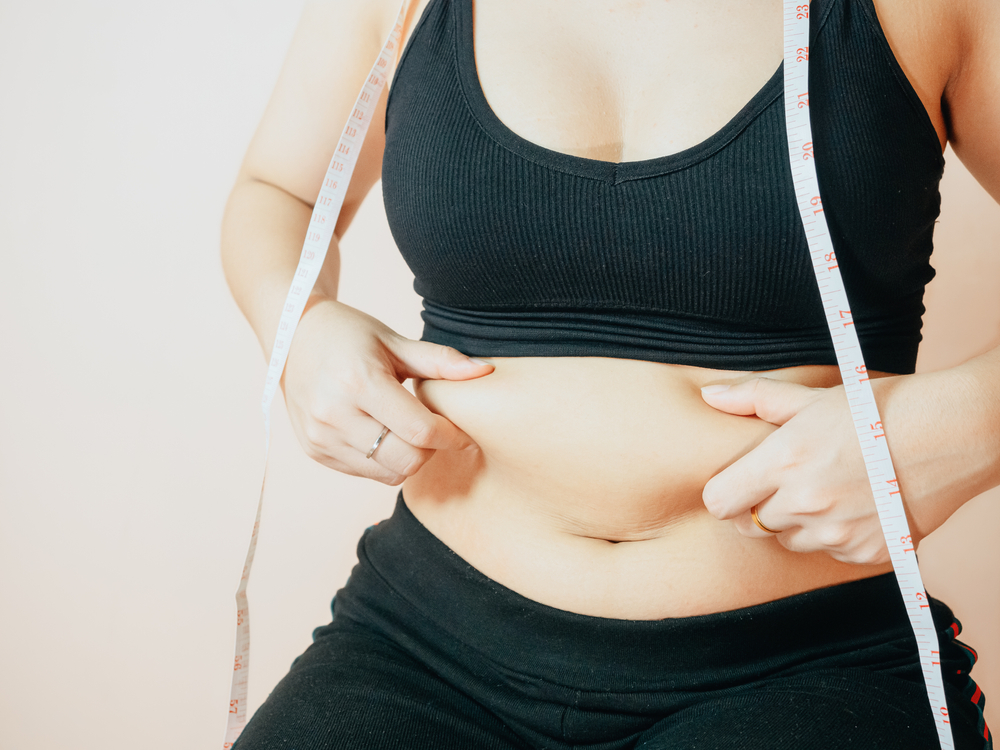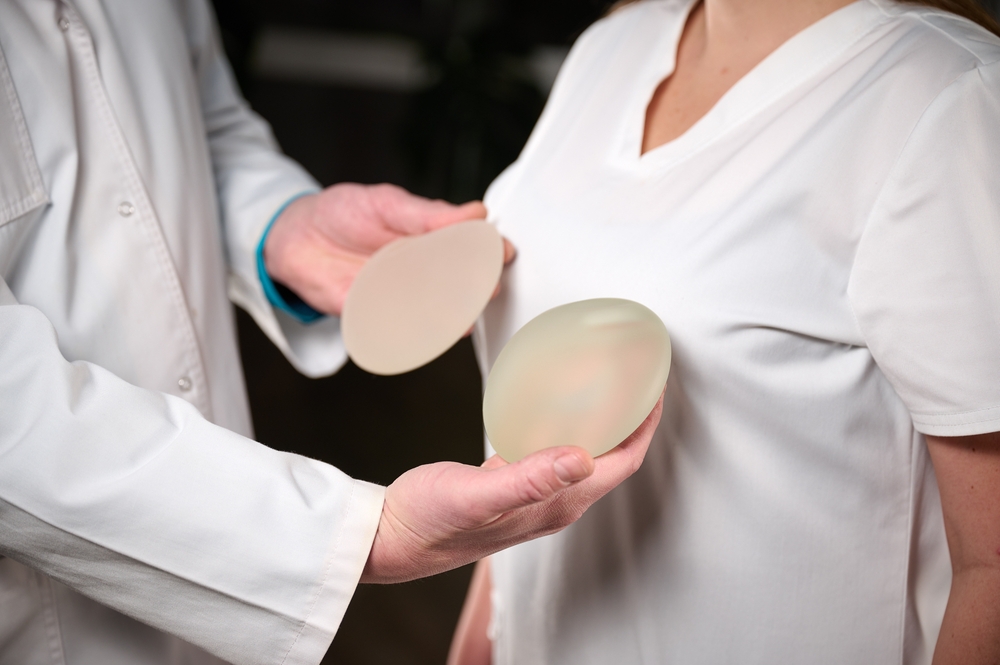A tummy tuck, or abdominoplasty, is a popular cosmetic procedure for individuals looking to achieve a flatter, firmer midsection. Whether you’re recovering from pregnancy, weight loss, or simply struggling with stubborn loose skin and weakened abdominal muscles, a tummy tuck can offer dramatic improvements. But like any surgical procedure, it’s important to understand what’s involved so you can make the most informed decision possible.
Here’s what you should know before moving forward with a tummy tuck.
It’s Not a Weight Loss Procedure
One of the most common misconceptions about tummy tucks is that they are a quick fix for weight loss. In reality, a tummy tuck is a body contouring surgery—not a substitute for healthy weight management. The ideal candidate is already at or near their goal weight but is dealing with loose skin, separated abdominal muscles (diastasis recti), or residual fat that hasn’t responded to diet and exercise.
If you’re still actively trying to lose weight, or planning future pregnancies, it may be wise to delay the procedure. Significant weight fluctuations after a tummy tuck can affect your long-term results.
The Benefits Go Beyond Appearance
While many people pursue tummy tucks for aesthetic reasons, the benefits often extend beyond what you see in the mirror. By tightening the abdominal muscles and removing excess skin, a tummy tuck can improve core strength, posture, and even reduce some forms of lower back pain.
Some patients also find that their clothes fit better and more comfortably, allowing them to enjoy greater confidence in everyday life.
There Are Different Types of Tummy Tucks
Not every tummy tuck is the same. Depending on your needs, your plastic surgeon may recommend:
- Full tummy tuck: This is the most comprehensive option, addressing the entire abdomen. It involves tightening the abdominal wall and removing excess skin from above and below the belly button.
- Mini tummy tuck: Ideal for patients with concerns limited to the lower abdomen. This version involves a smaller incision and a shorter recovery time but does not typically address the upper abdomen or muscle repair.
- Extended tummy tuck: For individuals with significant excess skin that extends to the sides or flanks, often after massive weight loss.
Your consultation is the best time to discuss which version is most appropriate for your goals and body type.
Recovery Requires Preparation
While a tummy tuck can be life-changing, it’s also a major surgery and recovery takes time. Most patients can expect at least two weeks of downtime and should plan for four to six weeks before resuming full activity, including exercise.
To prepare for recovery:
- Arrange for time off work and daily responsibilities
- Have help lined up for household tasks, childcare, or pet care
- Create a comfortable recovery area with essentials within arm’s reach
- Wear loose-fitting clothing and follow all aftercare instructions closely
Swelling, tightness, and discomfort are all normal in the early days, but your surgeon will provide you with medications and care guidelines to support your healing.
Scarring Is Part of the Process
Like any surgical procedure, a tummy tuck does involve incisions, and with them, scarring. However, an experienced plastic surgeon will place your incision low on the abdomen, typically below the bikini line, so it can be easily concealed under clothing and swimwear.
Scars do fade over time, and there are post-operative treatments that may help them heal more smoothly, such as silicone gel sheets, massage, and scar creams. Be patient. It can take a year or more for scars to fully mature.
Choosing the Right Surgeon Is Key
Your results and your safety depend on the skill and experience of your surgeon. Always choose a board-certified plastic surgeon with a strong track record in body contouring procedures, such as Dr. Wu. During your consultation, don’t hesitate to ask about credentials, surgical techniques, and view before-and-after photos of past patients.
Good communication matters, too. A great surgeon will take the time to understand your goals, answer your questions, and explain what you can realistically expect from surgery.
Liposuction May Be Combined With Your Tummy Tuck
In many cases, liposuction is performed alongside a tummy tuck to further refine the shape of the midsection. While a tummy tuck tightens the skin and muscles, liposuction helps remove localized fat pockets around the abdomen, waist, or flanks.
Your surgeon will let you know if combining the two is right for your goals and whether it could help you achieve a smoother, more balanced result.
How Can I Know if A Tummy Tuck is Right for Me?
A tummy tuck is a powerful procedure that can restore confidence, improve comfort, and reshape your body after pregnancy, weight loss, or aging. But it’s not a decision to rush into. Knowing what to expect and preparing ahead of time can lead to a smoother experience and better outcomes.
If you’re considering a tummy tuck, the next best step is scheduling a consultation with an experienced plastic surgeon who can guide you through the process and help determine the approach that best suits your body and goals.
Look and Feel Your Best with Prive Plastics in Boca Raton
If you wonder if you are a good candidate for any of our aesthetic or surgical services, start with a TeleHealth consultation. After your personalized consultation, you can look forward to treatment in a state-of-the-art office in Boca Raton. For customized treatment plans for your face and body, call Prive Plastic Surgery today at 561-717-3181.



